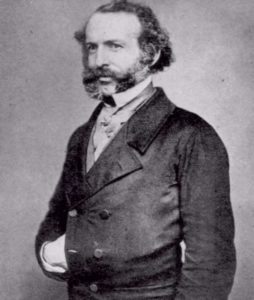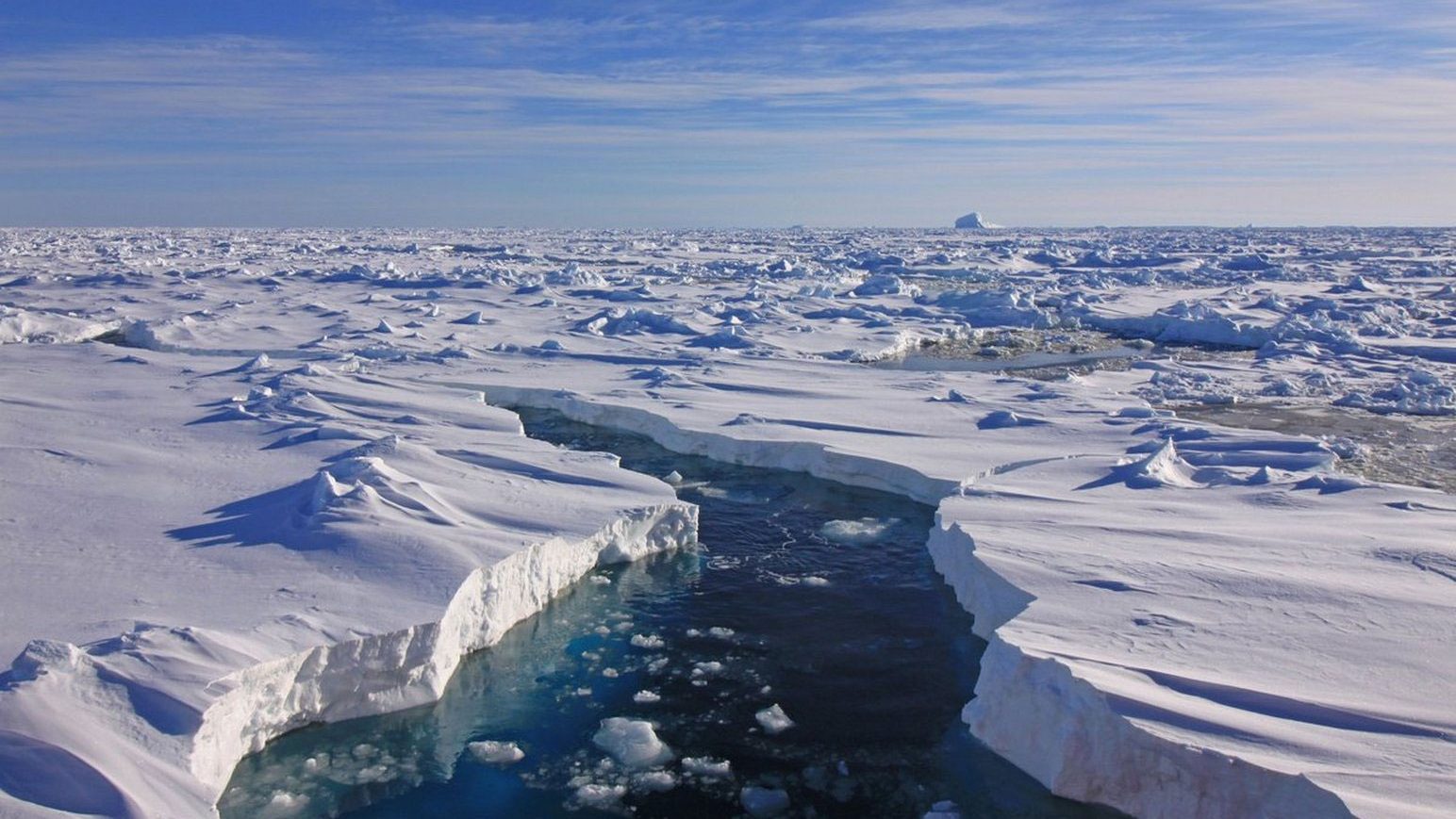Rae learns of Franklin
We were now joined by another of the natives who had been absent, seal hunting yesterday, but being anxious to see us had visited our snow house early this morning, and then followed up our track. This man was very communicative, and on putting to him the usual questions as to his having seen “white men” before, or any ships or boats, he replied in the negative, but said that a party of “Kabloonans” had died of starvation a long distance to the west of where we then were, and beyond a large river. He stated that he did not know the exact place, that he never had been there, and that he could not accompany us so far.
The substance of the information then and subsequently obtained from various sources was to the following effect :-
In the spring, four winters past (1850), whilst some Esquimaux families were killing seals near the north shore of a large island, named in Arrowsmith’s charts, King William’s Land, about forty white men were seen travelling in company southward over the ice, and dragging a boat and sledges with them. They were passing along the west shore of the above-named island. None of the party could speak the Esquimaux language so well as to be understood, but by signs the natives were led to believe the ship or ships had been crushed by ice, and that they were then going to where they expected to find deer to shoot. From the appearance of the men (all of whom, with the exception of one officer, were hauling on the drag ropes of a sledge, and were looking thin,) they were then supposed to be getting short of provisions, and they purchased a small seal or piece of seal from the natives. The officer was described as being a tall stout middle-aged man. When their day’s journey terminated they pitched tents to rest in.
At a later date the same season, but previous to the disruption of the ice, the corpses of some thirty persons and some graves were discovered on the continent, and five dead bodies on an island near it, about a long day’s journey to the north-west of the mouth of a large stream, which can be no other than Back’s Great Fish River (named by the Esquimaux Oot-koo-hi-ca-lik), as its description and that of the low shore in the neighbourhood of Point Ogle and Montreal Island agree exactly with that of Sir George Back. Some of the bodies were in a tent or tents, others were under the boat, which had been turned over to form a shelter, and some lay scattered about in different directions. Of those seen on the island it was supposed that one was that of an officer (chief), as he had a telescope strapped over his shoulders, and his double-barrelled gun lay underneath him.
From the mutilated state of many of the bodies, and the contents of the kettles, it is evident that our wretched countrymen had been driven to the last dread alternative as a means of sustaining life. A few of the unfortunate men must have survived until the arrival of the wild fowl (say until the end of May), as shots were heard and fresh bones and feathers of geese were noticed near the scene of the sad event.
There appears to have been an abundant store of ammunition, as the gunpowder was emptied by the natives in a heap on the ground out of the kegs or cases containing it, and a quantity of shot and ball was found below high-water mark, having probably been left on the ice close to the beach before the spring thaw commenced. There must have been a number of telescopes, guns (several of them double-barrelled), watches, compasses, &c., all of which seem to have been broken up, as I saw pieces of these different articles with the natives, and I purchased as many as possible, together with some silver spoons and forks, an order of merit in the form of a star, and a small silver plate engraved Sir John Franklin, K.C.H.
Enclosed is a list of the principal articles bought, with a note of the initials, and a rough pen-and-ink sketch of the crests on the forks and spoons. The articles themselves I shall have the honour of handing over to you on my arrival in London.
None of the Esquimaux with whom I had communication saw the “white men” either when living or after death, nor had they ever been at the place where the corpses were found, but had their information from natives who had been there, and who had seen the party when travelling over the ice. From what I could learn there is no reason to suspect any violence had been offered to the sufferers by the natives.
